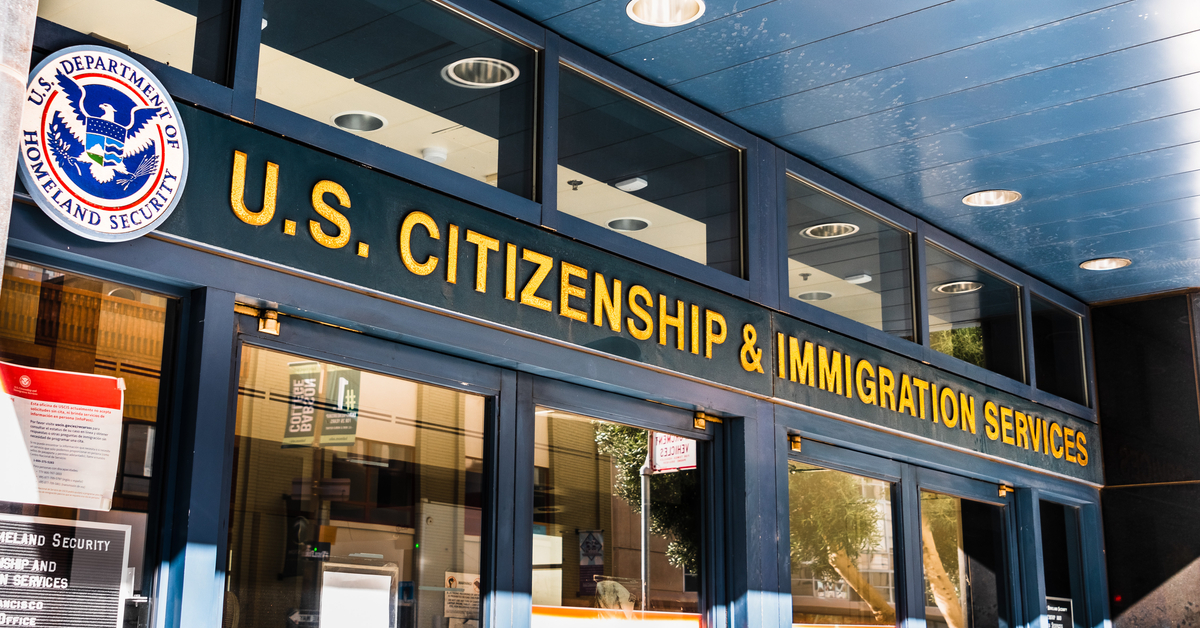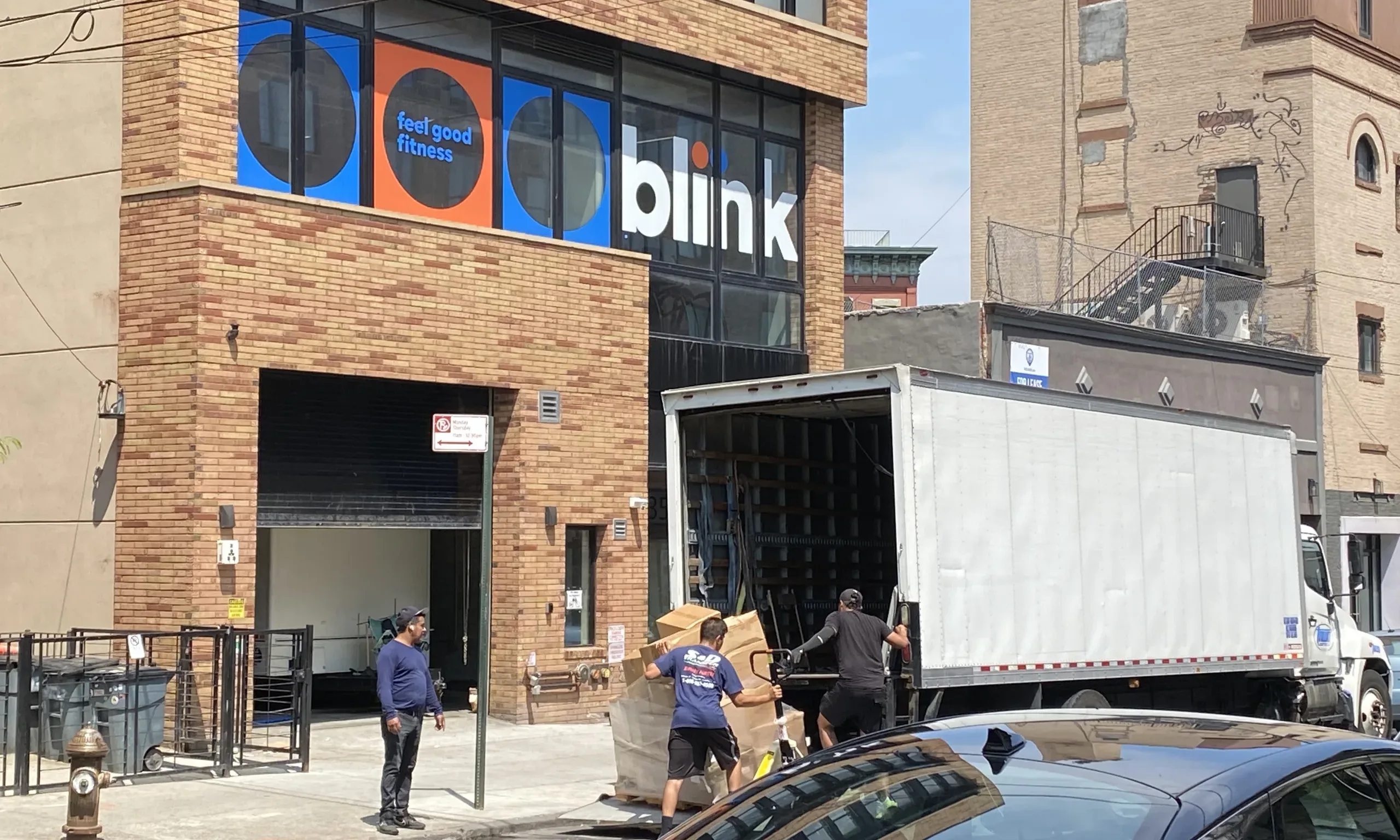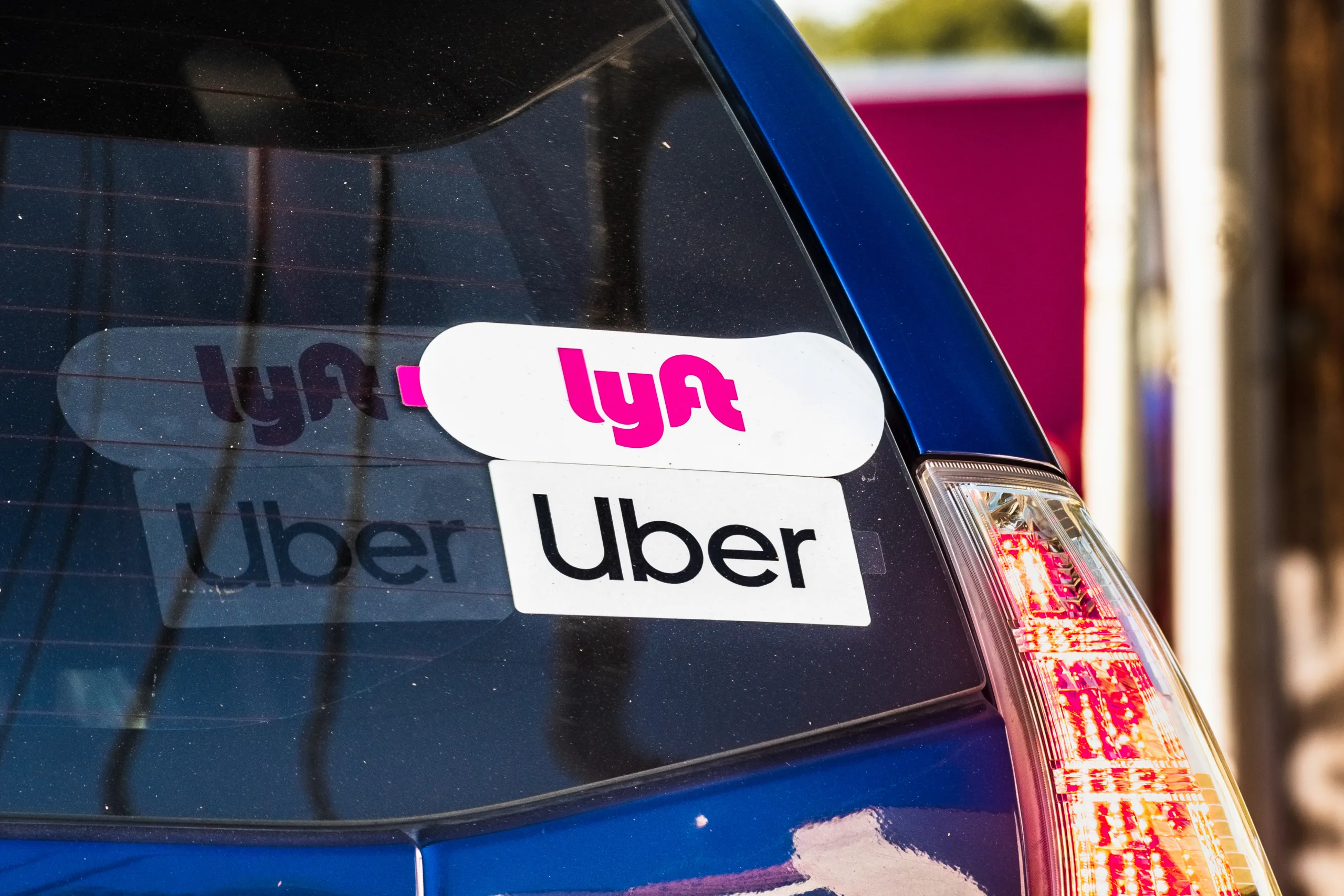U.S. Citizenship and Immigration Services says it narrowly averted furloughs of 70 percent of its workforce — about 13,000 employees. But those who thought averting the furlough would avoid a slowdown in processing new applications may be disappointed.
USCIS Deputy Director for Policy Joseph Edlow announced in August that there would be “unprecedented spending cuts” in lieu of the furlough. The operational spending cuts “will increase backlogs and wait times across the board,” Edlow said, asserting that the agency needs further support from Congress. Experts who analyzed the reduced cost found they could cause a similar impact as the furlough — it would slow the agency down.
Since the start of the Trump administration, data shows that the backlog of cases at USCIS has continuously grown, even though the number of applications remained relatively flat. The planned cuts could further compound the situation, experts say.
The budget cuts will have significant impacts on USCIS case processing and customer service, according to Sharvari (Shev) Dalal-Dheini, the director of government relations at the American Immigration Lawyers Association. The cuts will be to contractor staff mostly, who are involved in broad areas at USCIS, such as coping with the intake of applications, processing cases before interviews scheduled at field offices for adjustment of status, and handling customer service inquiries.
One 2019 study by American Immigration Lawyers Association showed that the overall average case processing time surged by 91 percent from fiscal year 2014 to 2019. Documented analyzed the latest case processing data in the recent five years based on USCIS public data, which also highlights the agency’s rising delays.
In the fiscal year 2020, it took over 10 months for the immigration agency to process a case on average, which broke the record of processing time in the most recent five years. It surged by about 55 percent from the end of fiscal year 2016.
The biggest source of the backlog are two specific applications: Form I-485 for permanent residence or adjust status applications or the Form I-730 for refugee or asylum applications. Both require in-person interviews.
Muzaffar Chishti, a lawyer, senior fellow and director of the Migration Policy Institute office at New York University School of Law, said that spending cuts will “definitely have an impact on processing times for various applications at USCIS.” It’s less clear which areas will suffer the most, but one can assume that most applications will take longer to be completed, he said.
TestPost3
Another possible impact of this budget cuts, according to Sarah Pierce, a policy analyst at the Migration Policy Institute, is that it would add to an already significant backlog. “We don’t know for sure what the cut would be or what processing time will look like, but we know, similar to a furlough, the spending cut will slow them down,” she said. In a study she and Chishti co-wrote in June 2020, they estimated that the backlog could grow by nearly 75,000 each month if the furlough went through.
Documented analyzed the number of received cases and pending USCIS cases in the first quarter each year from fiscal year 2016 to 2020, and found that though the data for received cases remained flat, the backlog of cases went up continuously. As of the end of the first quarter of fiscal year 2020 (March 31), the backlog stood out at more than 5.7 million. It surged by almost 66% from the end of FY16. The budget cut would make the situation even worse, said Chishti, “If fewer cases get adjudicated, the backlog grows.”
In brief, anyone who is applying for any kind of immigration benefit from USCIS will be affected, Dalal-Dheini said. “This will result in a slow down of case processing that is already at crisis level delays and will make it even harder for applicants, petitioners and their representative to get information about their cases in a system that is already plagued with significant difficulties.”
USCIS did not respond to Documented’s request for comment.












